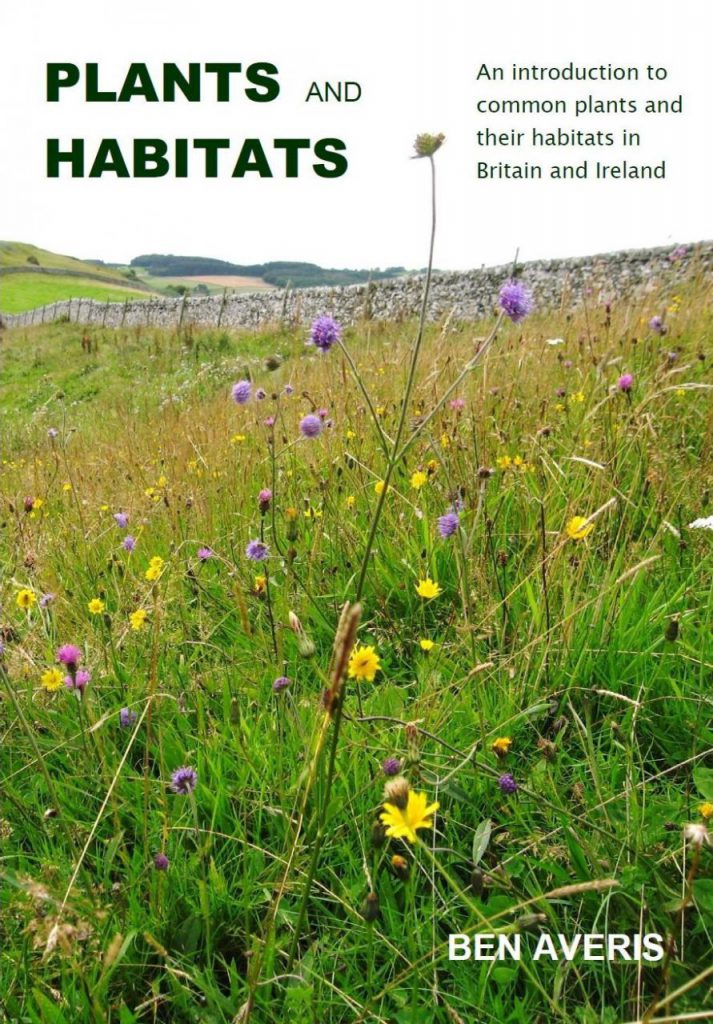
Plants and Habitats: An Introduction to Common Plants and Their Habitats in Britain and Ireland
Plants live in places where the climate is rightly suitable for them. They need right kind of soil too.There are five main types of nutrients that plants use these are: Nitrogen, Phosphorous, Potassium, Calcium, and Magnesium. Nutrients are substances that provide energy and materials for plants to grow.
Different plants need different climatic conditions. Some plants grow in hot deserts and some in very cold places. Some plants grow in water, some underwater, some on hills and some even grow on other trees. The living or dwelling place of a plant or an animal is known as its habitat.
Native species are those that occur in the region in which they evolved. Plants evolve over geologic time in response to physical and biotic processes characteristic of a region: the climate, soils, timing of rainfall, drought, and frost; and interactions with the other species inhabiting the local community.
Thus native plants possess certain traits that make them uniquely adapted to local conditions, providing a practical and ecologically valuable alternative for landscaping, conservation and restoration projects, and as livestock forage.
In addition, native plants can match the finest cultivated plants in beauty, while often surpassing non-natives in ruggedness and resistance to drought, insects and disease.
Plants have adaptations to help them survive (live and grow) in different areas. These adaptations might make it very difficult for the plant to survive in a different place. This explains why certain plants are found in one area, but not in another.
For example: Desert plants grow far apart so that they can get water and nutrients from a larger area. The sharp spines of a cactus keep animals from eating it. Plants in the high mountains grow close to the ground as protection from the wind.
The leaves, stems, roots, and reproductive parts of plants can be very different depending on where the plant lives. In the same way Mosses are soft cushiony plants that live in damp places. Mosses have few or no stems. They are non-vascular plants. They grow close to the ground. They hold soil in a forest and prevent it from being washed away by heavy rains.
These plants have no roots so most of them grow close to the ground to keep from drying up. Some mosses, known as sphagnum peat mosses, absorb water like sponges and hold the water in their stems. The mosses often form wet, spongy quilts between the trees in damp forests.
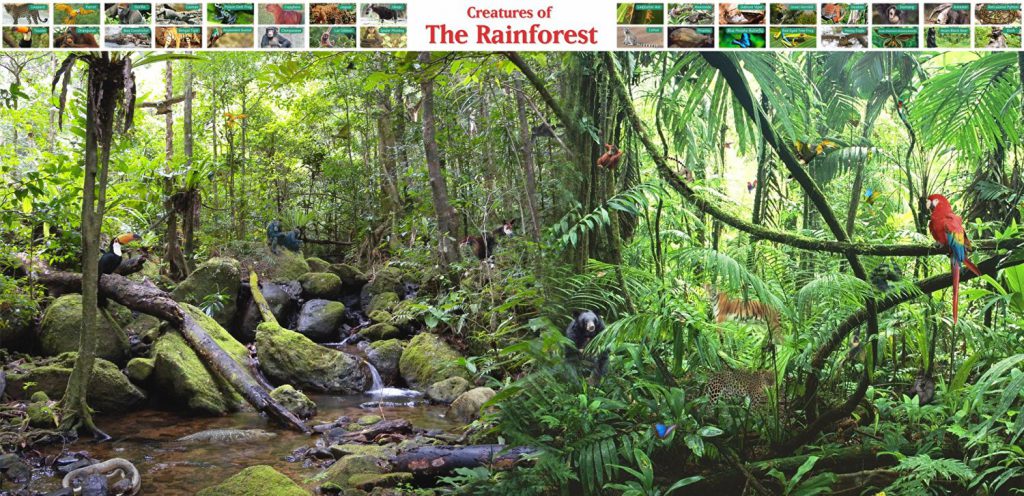
Creatures of the Rainforest – Large Poster – Size 60 x 123 cm (APPROX)
The rainforests are forests with tall trees, warm climates, and lots of rain. In some rainforests it rains more than one inch nearly every day of the year. The rainforest are the Earth’s oldest living ecosystems.
These forests are found in Africa, Asia, Australia, and Central and South America, Mexico and on many of the Pacific, Caribbean, and Indian Ocean Islands. The largest rainforest in the world is the Amazon rainforest in South America.
Woodland conditions are created by the canopy of trees. Height gives the tallest trees first call on available light and moisture; as little as twenty percent of sunshine and rain actually gets through to the forest floor. Deep roots of trees penetrate to the subsoil where plant nutrients unavailable to shallow rooted plants are found.
When the leaves fall from the canopy, they smother small plants on the woodland floor, further reducing competition. These advantages have made trees the dominant, or ‘climax’, vegetation across vast areas of the earth’s surface.
Within gardens, every tree or shrub that casts shade; every building that approximates a cliff-face, or wall a boulder, creates woodland conditions. Therefore, we must look to woodland plants to thrive in shady places.
Plants have adapted to take advantage of the trees’ success. Climbers and creepers climb to the top of the tallest trees to get a share of the light. Many woodland plants have dark-green leaves with more chlorophyll to trap the available light. Evergreens have full access to the light when the leaves are off the canopy.
Bulbs come up early in spring to grow and flower before the tall trees are in leaf, and they enjoy the annual mulch of fallen leaves. Ferns enjoy the sheltered, humid atmosphere and protection from the scorching heat of the sun.
Many woodland plants have edible nuts (hazel, beech, sweet chestnut), and fruits (crabapple, cherry, holly, ivy, elderberry) to encourage woodland birds and mammals to carry them to new territory. These plants have attractive flowers and berries and they can be used to attract wildlife to the garden.
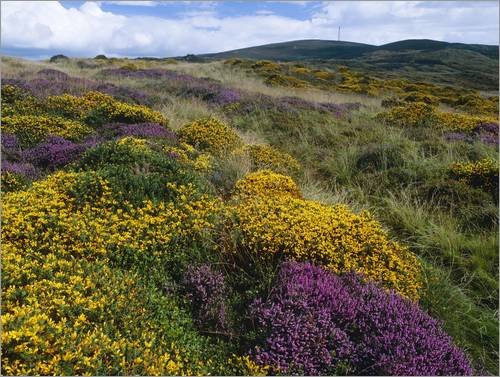
Moorland is flat and windswept with free-draining, poor soil, usually acidic. This land supports heathers, furze and broom; hard, fine-leaved grasses such as fescues; certain trees like birch, pine, mountain ash and juniper.The plants are wind-resistant and can survive dry conditions. Dry moorland is the model for heather-and-conifer gardens.
The seashore has its own set of wind and salt resistant plants life thrift, creeping thyme, sea holly, and burnet rose. From foreign seashores come sea buckthorn, olearias, hebes, griselinia, phormium, fuchsia and various pines.
Mediterranean and Middle-eastern countries have large expanses of dry, rocky moorland with sage, thyme, vines, lavender, cistus and many bulbous plants like tulips, cyclamen, foxtail lily, and gladiolus.
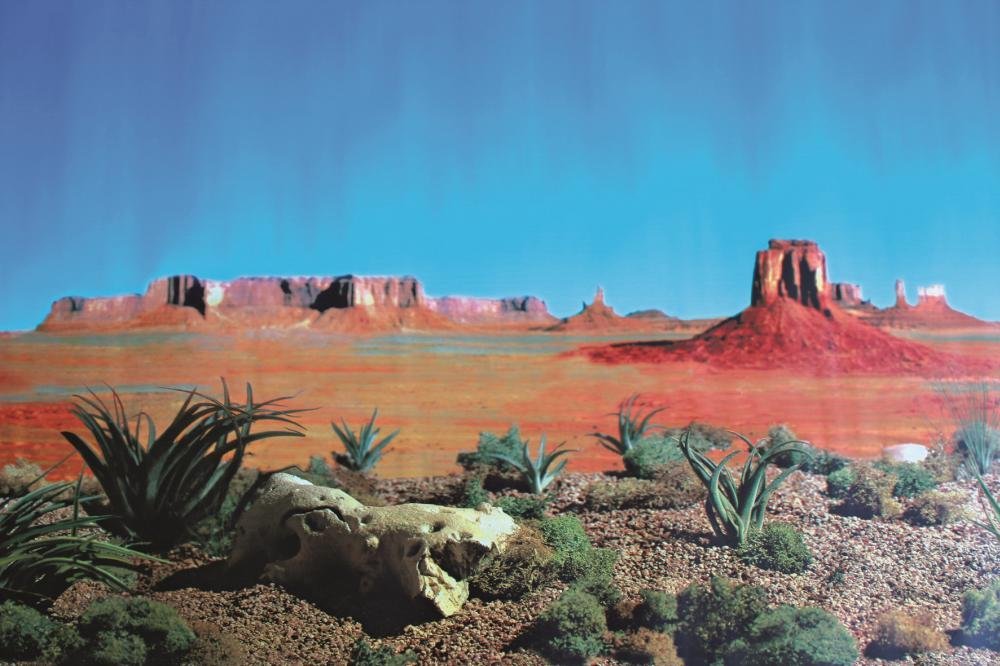
Trixie Terrarium Rear Wall Double-Sided with Desert/Steppe Motif, 150 x 60 cm, Pack of 4
The arid desert regions have plants like cacti and succulents specially adapted to tolerate long periods of drought. They make very good windowsill plants indoors.
Savannas are habitually a transitional zone between forest and desert or grassland.In Savannas summer season is wet for about 6 to 8 month while winter season is dry. The dry season is marked by months of drought and fire but these conditions are essential for the maintenance of savannas. Savannas also maintain an open canopy despite a high tree density. The open canopy allows sufficient light to reach the ground to support an unbroken herbaceous layer consisting primarily of grasses.
The taiga is the world’s largest terrestrial biome. The main seasons in the taiga are winter and summer. The spring and autumn are so short. There are some lichens and mosses are found in this area, but most plants are coniferous trees. There are not a lot of species of plants in the taiga because of the harsh conditions because not many plants can survive the extreme cold of the taiga winter.
Plants have several basic needs for better survival. They need solar light, water, air and minerals or nutrients for good growth. They also need to be able to reproduce in order to ensure that their species survives.
Some of the main threats to the survival of plants include a lack of sunlight, a lack of water, a lack of good soil and a proper space. In the same way an abundance of water, air, solar radiation (UV rays) and the activities of animals are also harmful for plants. There are many challenges that plants face in order to survive.
How well plants adapt to their changing environments will determine their future. It is important to remember, that almost all other living things rely on plants in some way .
Plants are perhaps the most important part of a habitat because they provide an environment for the family as well as for songbirds and other wildlife. Plants add beauty. Trees and shrubs help reduce heating and cooling by providing summer shade and protection from winter winds. A hedge can add privacy, and plants of various shapes or sizes can be used to screen an unpleasant view.
For wildlife, plants provide shelter, nesting sites, and a variety of foods such as fruits that may otherwise be unavailable. Proper selection of plants can fill family needs for beauty and comfort and at the same time provide a haven for wildlife.
The conservation of plants must be achieved by protecting their habitats, since plants do not occur in isolation, but as part of a living biological community.
Earth is in a constant state of change, causing wildlife habitats to be altered and modified. Natural changes usually occur gradually, causing minimal stress on individual species.
Humans have caused changes on our planet to occur at a much more rapid pace, leaving little time for wildlife to adjust to their new circumstances.
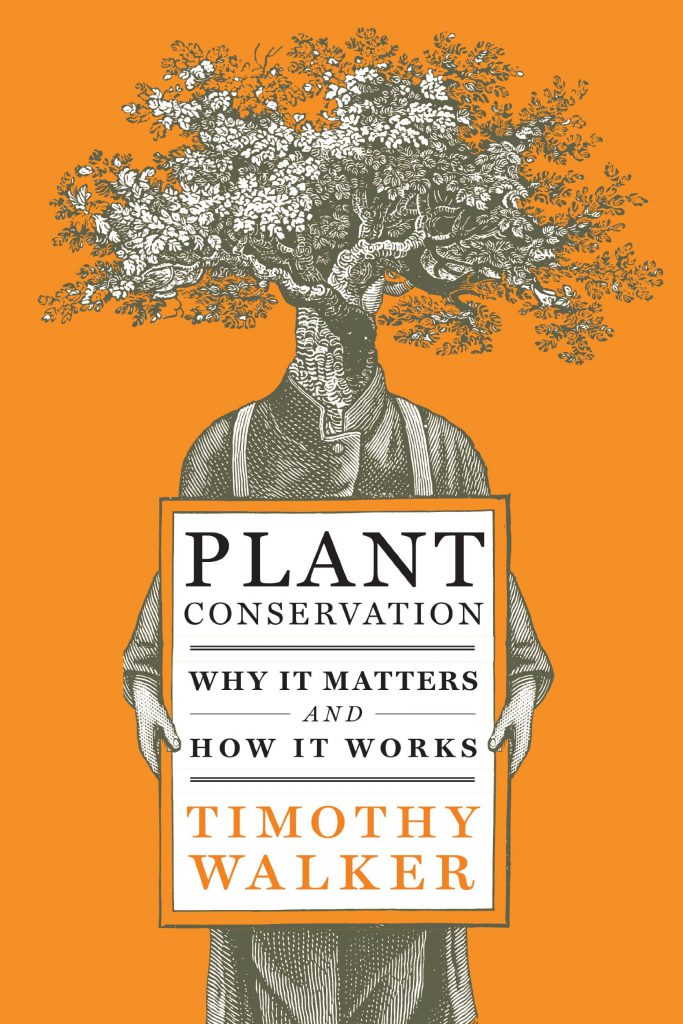
Plant Conservation: Why it Matters and How it Works
Rapid habitat loss is the single most primary cause of endangerment. Most of the planet has now been modified by human activity, a trend that continues to accelerate. The consequences may be disastrous.
Humans are depleting the soils of the earth, eradicating its forest and causing the extinction of fish and various marine animals. Wild lands are quickly being converted to housing and farmland. Space once home to plants and animals are being eliminated at an alarming pace.
One of the most important ways to help threatened plants and animals survive is to protect their habitats permanently in national parks, nature reserves or wilderness areas. Donate to, or volunteer at, a nature preserve or let an area of your yard go natural.
Plant trees, bushes and plants that benefit wildlife in your area. Place a birdbath in your yard. Compost in your garden. It eliminates the need for chemical fertilizers which are harmful to the planet and its animals. Refrain from using harmful chemicals in your home and garden.
Few of us would prefer an environment of concrete buildings and asphalt paving to gorgeous coastlines, majestic mountains or peaceful forests. Our pleasure in life would be diminished if only one bird sang or merely a handful of fish lived in the sea.
All living things contribute to the ecology and are vital to its health and continuation. Despite our advances in technology we as human beings still rely on our environment to provide many of the things necessary to our survival.
The Earth’s biodiversity supports all life including that of humans. Our food, medicines, energy sources, textiles and building materials are all derived directly or indirectly from living organisms. Our way of life is inextricably linked to the natural world!
If you have any information,questions, or feedback you would like to include in this webpage.
Please email momo19@naturekingdoms.com or leave your comments below.